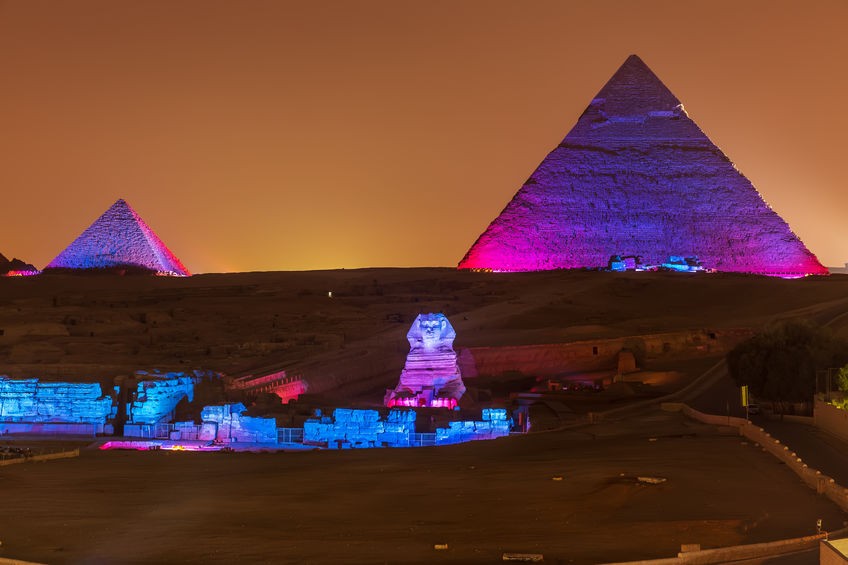Numerology Mysteries and the Pyramids
There has been much written about the means of construction for the great pyramid of Giza. Here we will examine the use of numerology numbers and numeric sequence in the design of the sacred pyramid structure. The numbers themselves may point to the purpose and meaning behind the pyramid. John Michell writes the following in The Dimensions of Paradise, “The pyramid, of course, was no mere mathematical model, but an example of the cosmic temple whose traditional function was to procure fusion between upper and lower elements.”
According to Marshall Payn, author of “The Case for Advanced Technology in the Great Pyramid,” in the book Forbidden History, the Great Pyramid’s builders most likely looked to the stars and astrology for their accurate measurements in construction. Even slight inaccuracies could not be dismissed. Payn also points to the importance of the numerology number 43,200, which mythologist and scholar Joseph Campbell traced to the original myths of various ancient cultures. He had even traced it as far back to Neolithic times. Focusing on the mysterious meanings behind the numerical measurements helps us learn the relationship between earth, cosmos, and man.
Here are some examples of the numerical and numerology mysteries that the pyramid contains:
The height times the base length, in English feet, is the length of the degree of latitude for the Pyramid of Giza at 30 degrees North.
It has been said that the builders of the pyramid were possibly aware of the Pythagorean theorem, of the relationship among the sides of a 3:4:5 (right) triangle, and they had knowledge of the concept of pi.
The ratio of the diameter of the middle of the earth is numerology number 11, and the distance between the center of the earth and the center of the moon as numerology number 7 is the exact ratio built into the Great Pyramid of Giza.
The cubic capacity of the Ark of the Covenant (71,282 cubic inches) is incredibly similar to the cubic capacity of the stone vessel known as “Pharaoh Cheops’ Sarcophagus” in the King’s Chamber (71, 290 cubic inches), which had led some researchers to suggest that the ark was once encased in the Sarcophagus.
The angle of the slopes of the sides is a ratio of 10:9, thus for every 10-foot ascent up the slope of the pyramid, you rise an altitude of 9 feet. Multiply the altitude of the pyramid by 10 raised to the 9th power, and you get 91,840,000 miles. This is the distance from earth to the Sun.
The accuracy and precision of the construction influenced engineering expert Christopher Dunn to proclaim in his 1998 book, The Giza Power Plant, after closely examining the Pyramid for two decades, that, “The Great Pyramid is the largest, most precisely built, and most accurately aligned building ever constructed in the world.”
A pyramid inch is .001 inch larger than an English inch. There are 24 pyramid inches in a cubit, and there are 365.24 cubits in the square base of the pyramid. There are also 365.24 days in a calendar year.




